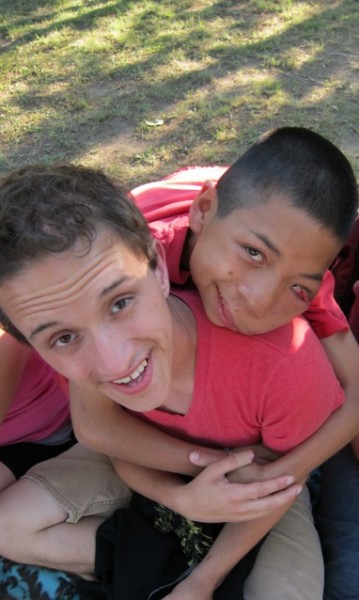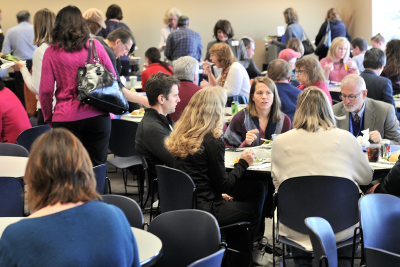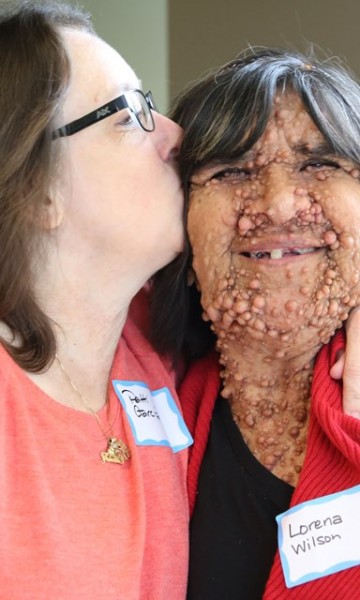How do doctors diagnose NF1?
Most of the time, NF1 is diagnosed by its physical symptoms (tumors or café- au-lait spots), or by a family history of the disorder. The café- au-lait spots usually appear within the first two years of a child’s life. A person may be diagnosed with NF1 if they have at least two of the following features:
- Six or more café-au-lait spots (brown oval or circular spots on the skin)
- Two or more benign skin tumors called neurofibromas, or one diffuse tumor of the soft tissue or nerves called plexiform neurofibroma
- Freckles under the arm or in the groin region
- A tumor of the nerve to the eye called an optic glioma
- Two or more spots on the iris called Lisch nodules
- A problem of one of the bones such as bowing of a leg with or without a fracture
- A parent, brother, sister, or child with NF1
NF1 may also be diagnosed by sequencing a person’s NF1 gene to identify mutations. But because of the gene’s large size and the high number of possible mutations that can occur, genetic testing is usually not practical – and very expensive.
Doctors may not recommend genetic testing because a diagnosis of NF1 is fairly easy to confirm on the basis of its physical signs, and currently genetic testing offers no extra benefits for treatment. This is something that may be changing.
It is, however, easier to identify a mutation if there is a family history of NF1. If another family member has been tested, and the mutation has been identified, then it becomes relatively easy to look for that same mutation in other family members. Finding the mutation would then confirm the diagnosis of NF1.







.png)





